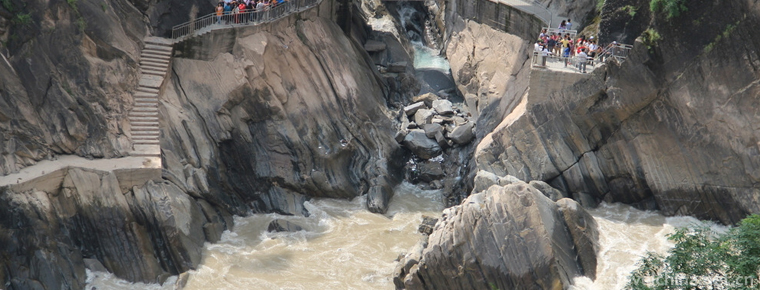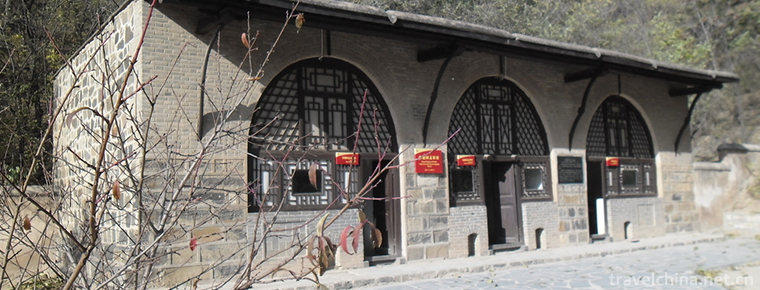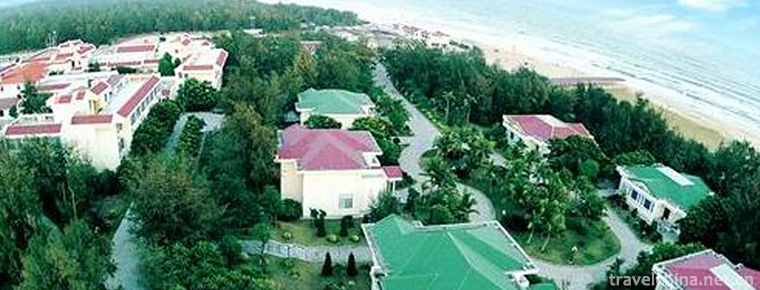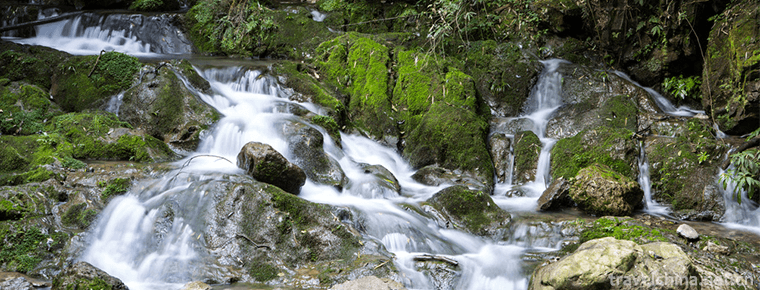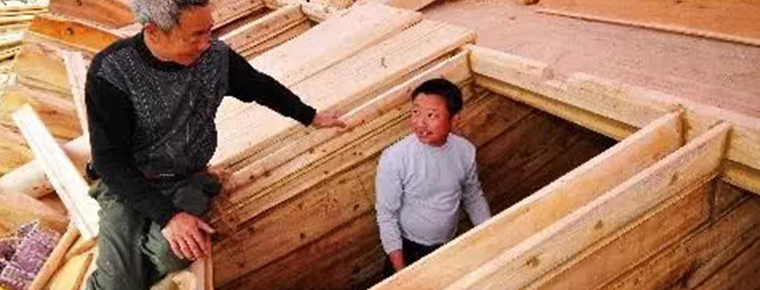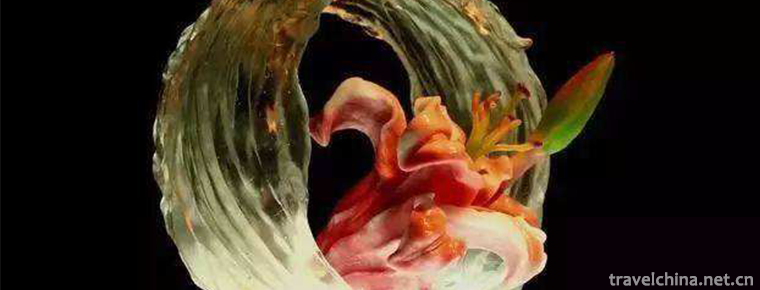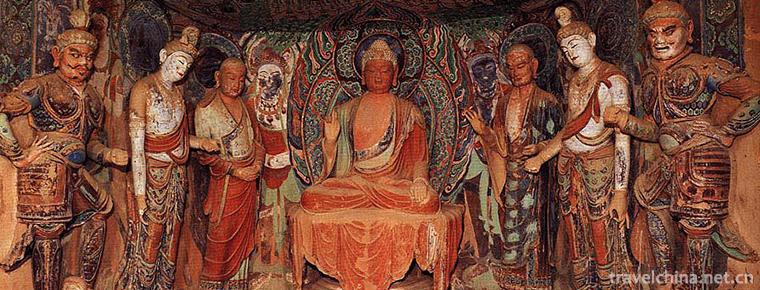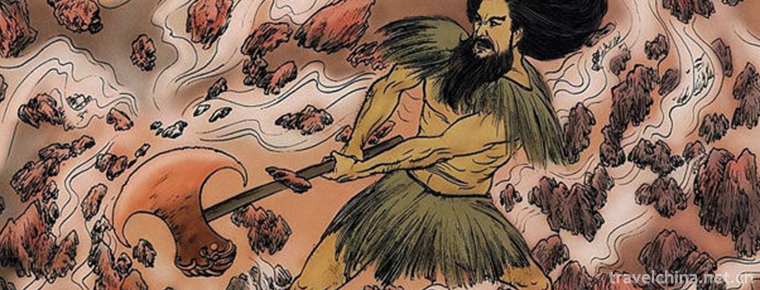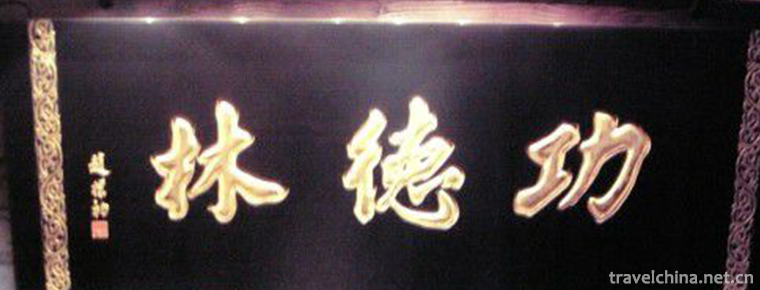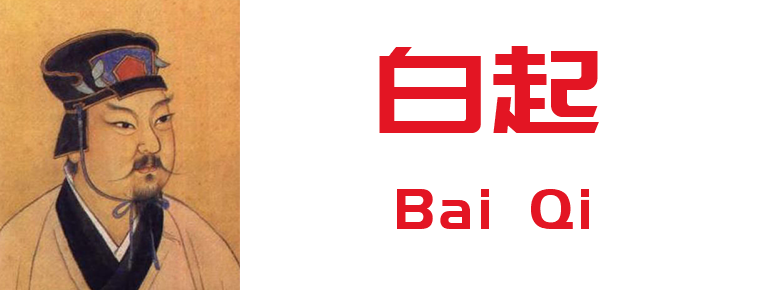Putaogou Scenic Area Turpan City
The Putaogou Scenic Area in Turpan City is located in the Flame Mountain, 11 kilometers northeast of Turpan City, Xinjiang. It is about 8 kilometers long in the South and 2 kilometers wide in the East and west. It is a canyon under the Flame Mountain with a population of 8972. The main source of water is alpine snow melting. It is named for its rich grapes. It is a tourist attraction in Turpan, Xinjiang. On May 8, 2007, the Putaogou Scenic Area of Turpan City was officially approved by the State Tourism Administration as a national 5A-level tourist attraction. .
In the travels to the west, there is a chapter on the Flame Mountain, where the Niu Devil and the Tiefan Princess live. Flame Mountain has a high temperature all year round. Desert zone. The vineyards are connected and lush everywhere, like a green ocean. In this green ocean, peaches, apricots, pears, mulberries, apples, pomegranates, figs and other fruit trees are decorated. Farmhouses with bright windows and pink walls are reflected in the dense shade of the forest. The "shade houses" for drying raisins are arranged on the hillsides and farmyards, which are unique. In summer, the gully has beautiful scenery and cool breeze. It is a summer paradise in Huozhou. During the tourist season, Chinese and foreign guests flow in endless streams. April 13, 2018, was included in "Magic Northwest 100 Scenes".
Introduction to scenic spots
Turpan's diet is almost the same as Urumqi's, ranging from pasta in the north of the Han nationality to Cantonese and Sichuan cuisine, from local Uygur snacks to Islamic and Muslim food. If you ask people in Turpan what their favorite and most impressive food is, their answer is probably only grapes and other fruits, where you can often eat grapes or other fruits as staple food, along the way, this "fruit banquet" is a unique feature of Turpan. In addition, the Muslim restaurant in Silk Road Oasis Hotel tastes good, with local characteristics and moderate prices. Fried roast meat, fried toothpick meat and shredded Hami melon are recommended.
April 13, 2018, was included in "Magic Northwest 100 Scenes".
Historical culture
Every August, a Grape Festival is held in Turpan. The Turpan Grape Festival was first held to commemorate the opening of the Silk Road in 2100. The Silk Road is more than 4000 kilometers long in China. It is 2,000 kilometers long in Xinjiang alone. The south, middle and North lines run across the whole territory of Xinjiang. Turpan is located in the middle of the Silk Road. It is a famous historical town. Since the Western Han Dynasty, Turpan has long been one of the political, economic and cultural centers in the Western Regions of China. During the grape festival, a variety of cultural activities are also held, such as special cultural evenings, folk songs and dances, summer parties, famous wine tasting parties, a street for snacks, a street for science and technology, a street for commerce, and a street for grape melons and fruits. Every year, the Grape Festival attracts a large number of Chinese and foreign visitors to visit and conduct economic and trade talks.
geographical environment
Grape Valley, located 11 kilometers northeast of Turpan City, Xinjiang, is about 8 kilometers long in North and south, 2 kilometers wide in East and west. It is a canyon under the Flame Mountain, with a population of 8972. The main source of water is alpine snow melting. It is named for its rich grapes. It is a tourist attraction in Turpan, Xinjiang. On May 8, 2007, the Putaogou Scenic Area of Turpan City was officially approved by the State Tourism Administration as a national 5A-level tourist attraction.
The grape ditch of Turpan is located in the northeast of Turpan City. Turpan City is located at the south foot of Bogda Mountain in the eastern part of Tianshan Mountains and the center of Turpan Basin. The urban area is 184 kilometers away from Urumqi City. The city is about 262 kilometers long in North and south, narrow and irregular in East and west, and about 90 kilometers in the widest part. It belongs to the Vineyard 15 kilometers northeast of Turpan County Town, Turpan City. It is 10 kilometers away from the city center and 300 meters above sea level.
Chinese style
The grape groove is a canyon on the west side of the flame. It is 8 kilometers long in North and south, 0.6-2.0 kilometers wide in East and west, and the canyon is narrow and gentle. On the west side of the valley, the cliffs confront each other, and the cliffs are steep, like cockroaches. In the ditch, streams surround and the water quality is pure.
Chinese style
Grape Valley is the largest Valley in Flame Valley. It is like a green ribbon, floating in the center of the basin. Grape Valley is a national 5A scenic spot, which is a quiet summer resort, sightseeing and tourist attraction. Hundreds of thousands of tourists come here every year for sightseeing. In the grape ditch, you can not only feel the magical scenery of nature and taste the sweetest grapes in the world, but also appreciate the enthusiastic dance of Uygur youngsters in the grape ditch, the thrilling and exciting Dawazi performance, the lively and festive girl grape picking and so on.
Shopping in scenic spots
Turpan Department Store is a comprehensive commercial building, located at the intersection of Gaochang Road and Laocheng Road. It is a busy urban area, surrounded by shopping malls, cultural, catering, entertainment places and convenient transportation. It is a famous commercial shopping center in Turpan. The Old Town Agricultural Market of Turpan is located in the south of the Old Town Road in the center of Turpan City. It is the largest trade and trade market of agricultural and sideline products in Turpan. It is also one of the top ten agricultural and trade markets in Xinjiang. Local products and commodities with national characteristics are cheap and good in quality. It is an ideal shopping place for tourists. Xinjiang folk song sings: "Turpan grape Hami melon, Korla pear everybody praises, Yecheng pomegranate top quack," Turpan grape ranks first. When we get to Turpan, we have to buy some good raisins and take them back anyway. In addition, the wine made from Turpan grapes is also very tasty. There are also Turpan caps, mostly chrysanthemum, plum, lotus, peony and so on. They are not only well-known crafts, with strong local characteristics, but also precious gifts for relatives, friends and distinguished guests.
Tourist guide
Turpan's summer is famous for its heat. In August, the temperature is above 42 degrees Celsius every day. The ground temperature of Flame Mountain can reach 80 to 90 degrees Celsius, so it is called "boiled eggs in the sand nest".
Chinese style
However, on both sides of the Grape Valley Stream, grape trellis are all over the country, and grape vines are stacked in layers, green and lush. Around them are dense poplar forests, with flowers, herbs and fruit trees dotted with them, and farmhouse cottages arranged on gentle slopes.
Chinese style
Grape Valley is the "Peach Blossom Source" of Huozhou. There are desirable places everywhere in the ditch. One is the Grape Valley Reception Station. This is a tourist attraction for Chinese and foreign guests. It is quiet, elegant and natural. Several grape corridors are deep and quiet. Some tourists walk under the grape shelf and enjoy the pearl-like grapes. Some tourists sit under the grape shelf and taste the fresh grapes. At the end of the corridor, there are three bright red characters on the stele of Grape Trench, which are particularly conspicuous. Visitors rush to take pictures here as a souvenir. In the garden, there are dining halls with national flavor, Mongolian yurts for handicraft, and places for boating and recreation. The second is Vineyard. This is a well-equipped and high-level resort in the grape ditch. There are 120 high-grade beds, a dining room for 120 people, karaoke hall, swimming pool and so on. Third, the Turpan Grape Exhibition Hall. Fourth, the Uygur Folk Customs Hall in Turpan. Fifth, the Vineyard Resort.
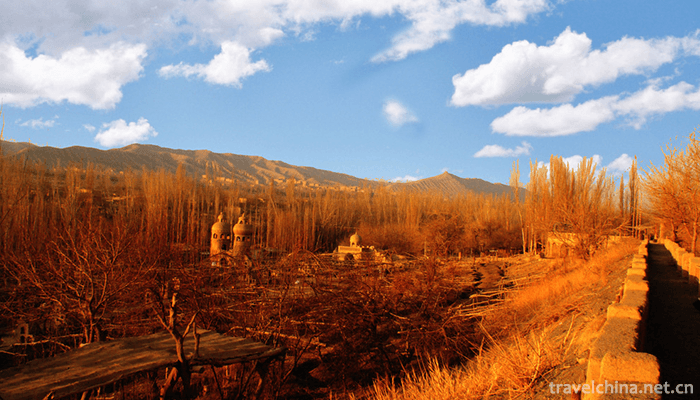
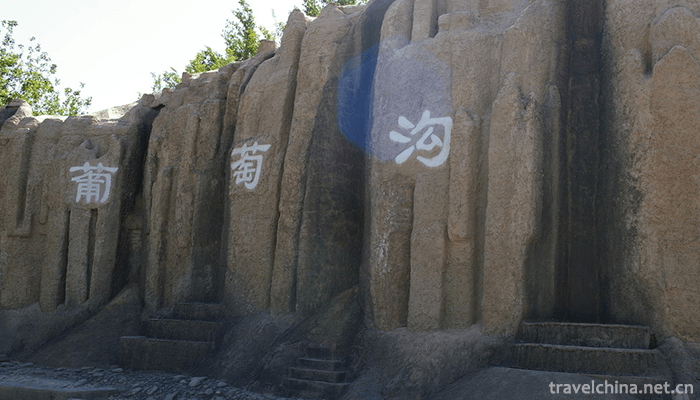
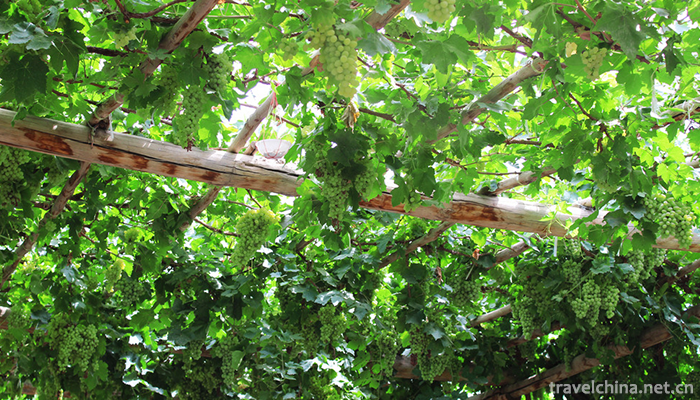
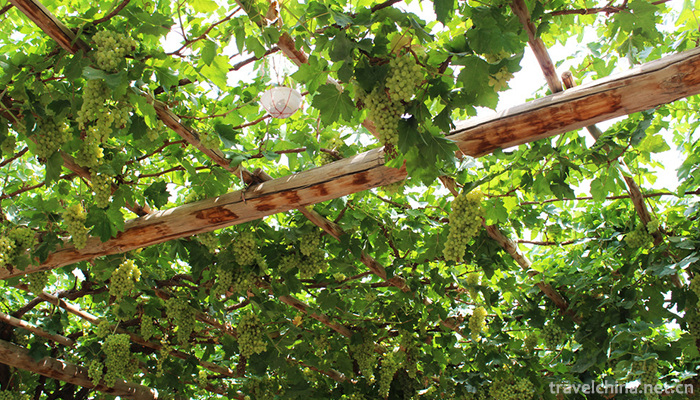

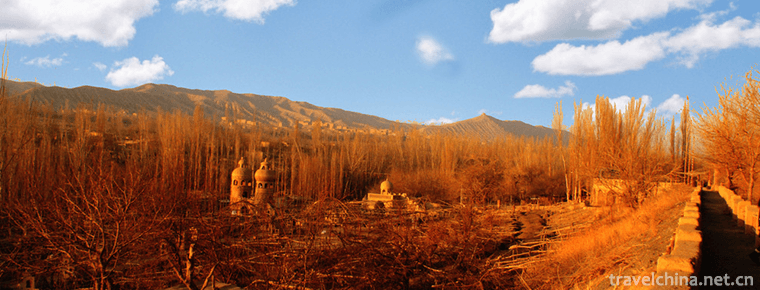
Putaogou Scenic Area Turpan City
-
Tiger Leaping Gorge
Tiger Leaping Gorge, known as "danger", is one of the deepest canyons in China
Views: 263 Time 2018-10-17 -
Xibaipo Scenic Area Pingshan County Shijiazhuang
Xibaipo is located in the middle of Pingshan County, Shijiazhuang City, Hebei Province, with a total area of 16,440 square meters. It was the seat of the CPC Central Committee
Views: 166 Time 2018-11-24 -
CITIC Golf Seaside Resort
Shantou CITIC (China International Trust and Investment Corporation) Resort Hotel is a foreign-related tourist resort hotel affiliated to Shantou Company of CITIC South China Group.
Views: 164 Time 2018-12-22 -
Black Valley Scenic Area
Black Valley, National AAAAA Tourist Scenic Spot, National Forest Park, National Geopark, China's Best Leisure Mountain, China's Best Green Low Carbon Tourist Leisure Spot
Views: 121 Time 2019-01-13 -
Traditional Wooden Ship Manufacturing Techniques
Fuyang has a long history of shipbuilding. As early as the Tang Dynasty, water transportation was glorious. Fuyang Lingqiao wooden boats are mainly distributed in towns along the Fuyang River, especia
Views: 358 Time 2019-04-21 -
Glass Firing Techniques
Glass firing technology, Beijing Mentougou District, Shanxi Province, local traditional handicraft, one of the national intangible cultural heritage.
Views: 200 Time 2019-05-14 -
Clay sculpture
Clay sculpture, commonly known as "color sculpture" clay sculpture art, is an ancient and common folk art in Chinese folk tradition. That is to say, a kind of folk handicraft made of clay mo
Views: 158 Time 2019-06-07 -
Pangu Myth
Pangu myth, the local traditional folk literature of Tongbai County and Biyang County in Henan Province, is one of the national intangible cultural heritage.
Views: 422 Time 2019-06-08 -
Vegetarian production skills
Gongdelin vegetarian food originated in temples. During Tongzhi period of Qing Dynasty, Temple vegetarian food gradually entered society. In 1922, the disciples of Wikipedia, a Buddhist monk at Changj
Views: 302 Time 2019-06-17 -
Yingge Liushu
Yingge Liushu, also known as Yingge Liuzi, is a traditional art form of rap and singing spread in southwestern Shandong, southern Shandong, Eastern Henan and Northern Jiangsu. Legend has it that the L
Views: 306 Time 2019-07-14 -
Bai Qi
White(Bai Qi)(? - 257 BC). He is a man in the village of Bai village, Chang Xing Town, Mei County, Shaanxi today. Outstanding military strategist and representative of "military strategist"
Views: 145 Time 2019-09-11 -
Population of Deyang
By the end of 2018, the total number of households in Deyang was 1 million 575 thousand, and the total registered residence population was 3 million 870 thousand. Among them, there were 1 million 242 thousand urban residents and 2 million 629 thousand rural population
Views: 334 Time 2020-12-14
